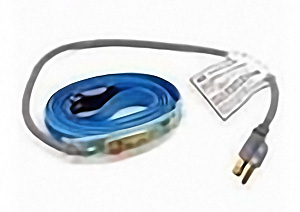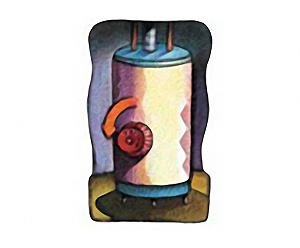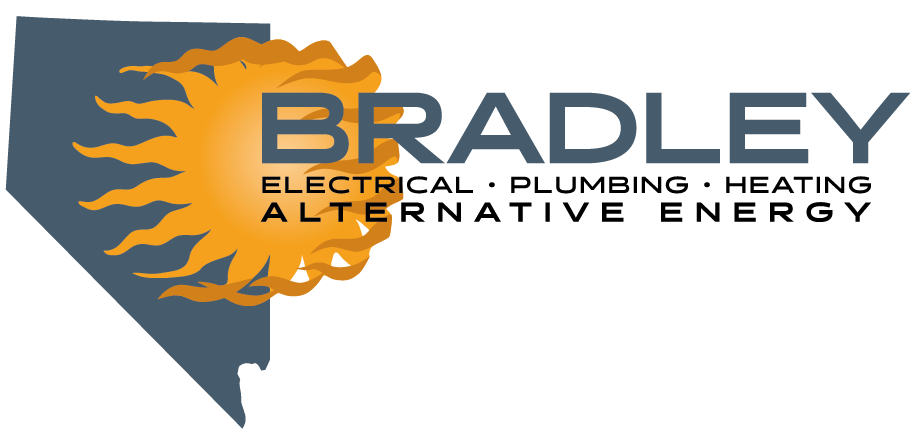We’ve created a checklist to help you make sure that you and your home will survive the winter season. Forced-air heating systems and hydronic heating systems both require routine maintenance to prolong the life of the system and maximize efficiency.
Winter Checklist
Is your home ready for freezing temperatures?
Insulate Exposed Piping
If you have any exposed water or drain piping in any un-insulated spaces (such as in a crawlspace, attic, outside walls, etc.), make sure to insulate them with foam insulation (at a minimum). Ideally you should wrap them with electrical heating tape first, then insulate them.

Change Your Furnace Filter
If you have a forced-air system, changing the furnace filter can save you some energy (up to 5 percent) and keep dust down in the house. The system will last longer and be less likely to break down. The most popular 16 X 20-inch duct filter is priced around 50 cents (when bought by the box). Change them monthly during heating season.

Adjust your water heater
You use more hot water in winter. Lower the water heater temperature from 140 degrees to 120 degrees, and take showers, not baths. According to the U.S. Department of Energy, the average bath consumes up to 25 gallons of hot water, while a five-minute shower uses up much less — only around 10 gallons. Equipping your showers with low-flow showerheads also dramatically reduces the consumption of water, both hot and cold.

Winterize your home
- Heater serviced
- Change filters
- Replace batteries in smoke and carbon monoxide detectors
- Check hot water heaters for leaks and proper temp setting
- Check insulation under house and on pipes
- Inspect thermostat for function and proper setting
- Close chimney flues (if not being used)

Lower the Thermostat
Each degree you lower the thermostat on your heating system decreases your fuel bill by three percent. Going from 72 degrees down to 68 degrees doesn’t matter much in terms of comfort, but it can save up to twelve percent on your heating bill. (All temperatures are in degrees Fahrenheit.) If you’re using a coil-type thermostat, you’ll get more accurate readings if you clean it. Pop off the thermostat cover and blow or gently swipe away the dust.
